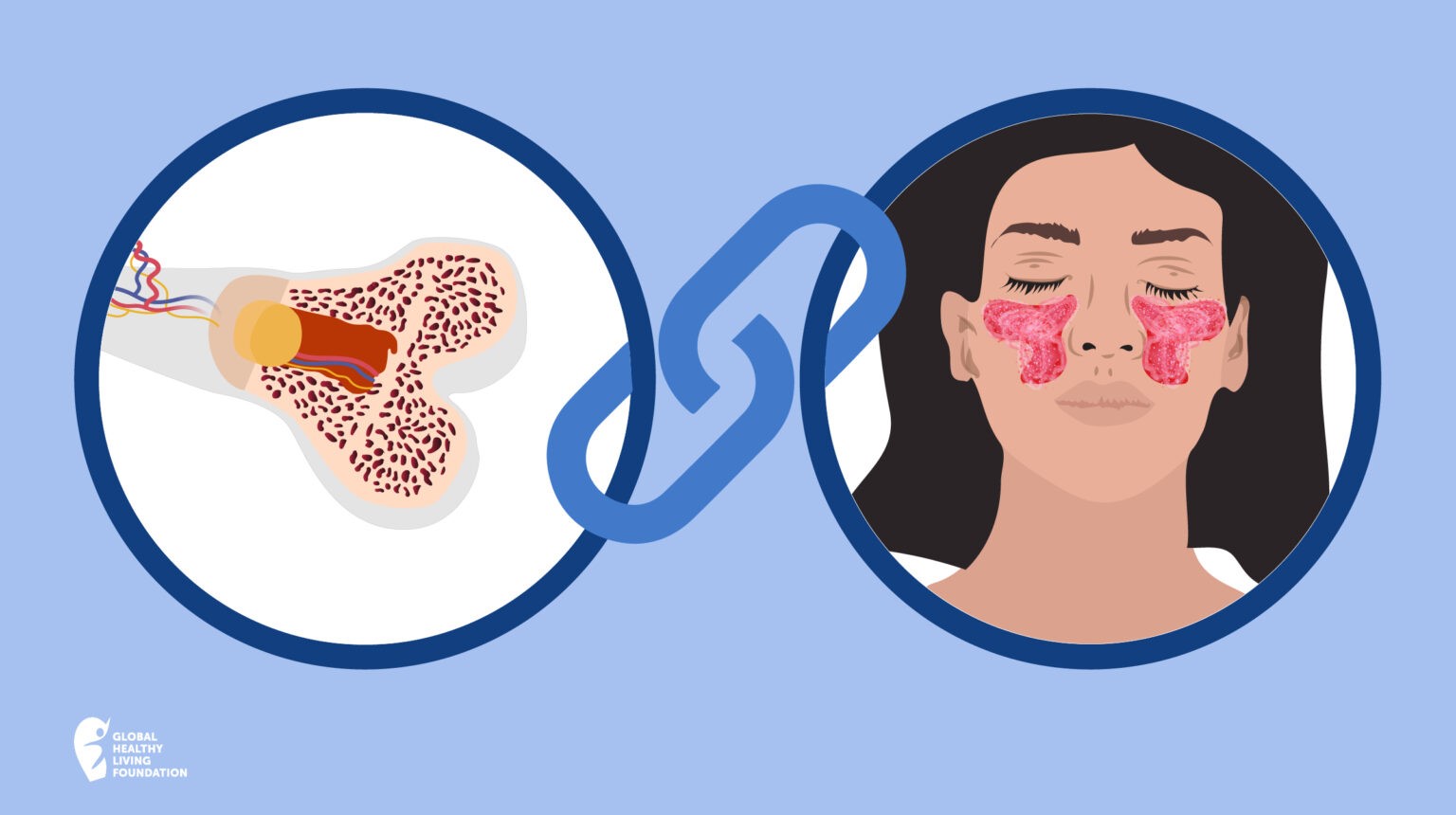Did you know that of the 3.5 million Australians living with arthritis, almost 960,000 also live with a mental health condition?
It may not be a surprise to many of you that having a chronic and painful condition increases the likelihood of a person developing varying levels of anxiety, depression, and other mental health issues. What is less well known is that it can also work the other way around.
New research from the Australian Health Policy Collaboration (AHPC) at Victoria University has quantified that link for the first time in Australia.
Australia’s Mental and Physical Health Tracker is a comprehensive report of the incidence of chronic physical disease and mental health multimorbidity. The report also shows that men with mental health conditions are 49% more likely to report having arthritis than the population as a whole, while women are 70% more likely. The reason for this gender imbalance is not yet known.


The reasons for this are varied and include factors such as having a lower socio-economic status (with less money available to spend on a healthy lifestyle), physical inactivity, and the negative impact of medications, drugs, and alcohol on the body. Another concerning factor is that the stigma associated with many mental health conditions often results in people receiving sub-optimal care for their physical health issues. Their reports of pain may be dismissed or they may be reluctant to seek treatment due to previous negative experiences in the healthcare system, for example.
The report also tells us that, “Arthritis and mental health issues occurring together increase healthcare costs and decrease quality of life … Australian data shows that people aged 45-64 living with arthritis and depression are more than five times more likely to be out of the labour force than people with arthritis only”.
The healthcare system is part of the problem
Australia’s Medicare rebate system was set up to deal with acute health problems, such as injuries or short-term diseases. Funding is based on a ‘fee for service’ model and is focused on primary medical care. Services also exist in silos that don’t always communicate well with each other. For example, rheumatologists might collaborate with each other on research or within their clinics, but rarely with psychologists or physiotherapists. Yet, people with complex chronic conditions such as rheumatoid arthritis often need to see a wide range of medical, mental, and allied health professionals. Compounding the problem is that the later two categories are very poorly funded through the current healthcare system, leaving patients either heavily out of pocket or less likely to access those services.
Changing the healthcare system structure
Through this report and other projects, the Australian Health Policy Collaboration hopes to draw attention to the urgent need to change the way we handle chronic health conditions in this country.
“Our health system is built around specialisation and silos, yet this growing incidence of comorbid disease of the brain and body indicates that mental and physical health services should be integrated more comprehensively.”
The AHPC has called on individual health professionals to be mindful of the links between arthritis and mental health conditions and to use this data to inform clinical decisions and interactions with patients. The AHPC is also working with organisations to highlight and address the structural barriers within the system.
CreakyJoints Australia also strongly supports the calls to change the structure of the Australian healthcare system to one that enables a multidisciplinary and holistic approach to healthcare.
What can you do?
- Begin by ensuring you have a strong and supportive healthcare team that covers both your physical and your mental health care needs. You’ll find some practical tips for this on our page Choosing Your Healthcare Team.
- Living with a chronic condition can be very daunting and isolating. Many people find it helpful to chat with others with similar issues via an online or face-to-face support group. Talking to others who ‘just get it’ is often an immense relief. See our page Find a Local Support Group for more information.
- Talk to your healthcare providers and find out if they are strong supporters of multidisciplinary care. Many are actively seeking ways to work with other health professionals from different disciplines even within the confines of the current system.
- Contact your local state and federal politicians and share your concerns about the current healthcare system with them. Help them become more aware of the gaps in services that have led to negative experiences for you and ask them to back the calls for change by the AHPC and other organisations.
Author’s note:




